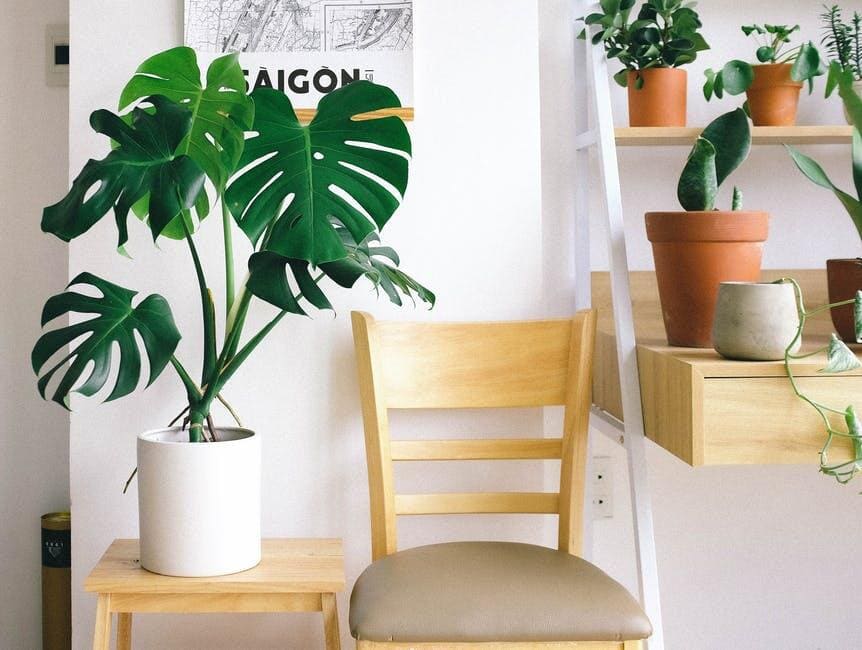As of 2024, 66% of American households own at least one plant. But what do you do with your green friends if you need to change households?
It’s a known fact that plants can get stressed if their environment changes. For some, this shock is strong enough to kill them. The good news: a bit of preparation can help your plants survive with minimal damage or wilting!
Want to learn how to move house plants safely? These four simple tips will tell you all you need to know about moving a plant!
1. Begin Preparation Early
The best way to protect plants during a relocation is to give them time to prepare. Ideally, you’d start doing this about a month before the move.
During this period, strengthen your plants by properly feeding and watering them. If they’re in breakable containers (such as ceramics), repot them. A few weeks before the move, prepare the plants for the trip by:
- Pruning damaged or weak leaves
- Pinching back new growth
- Getting rid of pests
2. Transplant Trees Carefully
If you want to transplant small trees or bushes, you must dig them up at the right time. This is usually after their leaves fall, but before they bud.
Before digging up a tree, water it thoroughly for two to three days. Make sure the water is reaching well into the roots. To safely transport it, you’ll also need to remove any damaged branches or leaves.
Dig up the tree and its root ball the day before the move. Try to keep the root ball intact, as it can be quite far from the trunk. Place the tree in a container or wrap it up in a tarp so the root ball won’t dry out.
3. Don’t Panic on Moving Day
All plant relocation tips involve keeping a cool head on moving day. To make this happen, try to do most of your work the night before.
First, protect your large plants by wrapping them with packing paper. You can pack smaller plants in moving boxes a bit taller than them. Keep them snug by balling up packing paper and putting it in between the containers.
If you’re using movers, label each plant or box. Tell movers they should place the plants last in the truck so they’ll unload them first. Ensure they’ll safely transport plants by protecting them from tipping over.
4. Help Your Plants Recover
When you’re moving with plants, you need to give them time to recover. This may be particularly important if you’ve moved to a new state.
Once you arrive, unwrap the plants gently and place them where they won’t be disturbed. Don’t move them around, as they’ll need to acclimate to the new environment. You should also:
- Avoid putting them in direct sunlight right away
- Have a consistent watering schedule
- Remove broken stems or leaves
Moving a Plant Can Be Simple
As you can see, moving a plant isn’t as stressful as you may think. As long as you prepare them well and choose the right movers, all will be well!
At Tri-Star Moving, we’ll do everything we can to help your plants make it through the move unharmed! We offer a full suite of moving services anywhere inside Tennessee state lines. Request a free quote right now!




